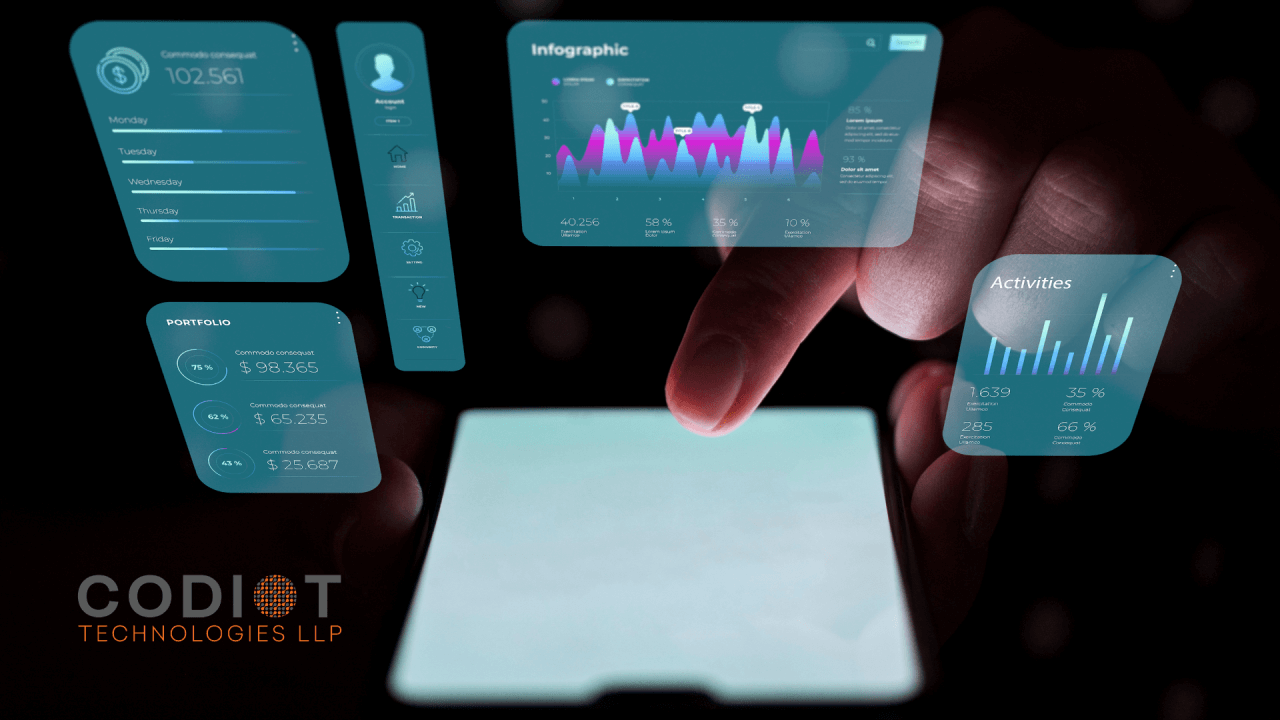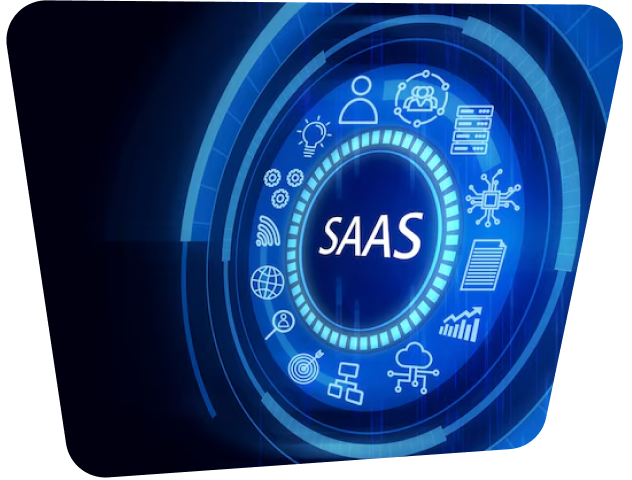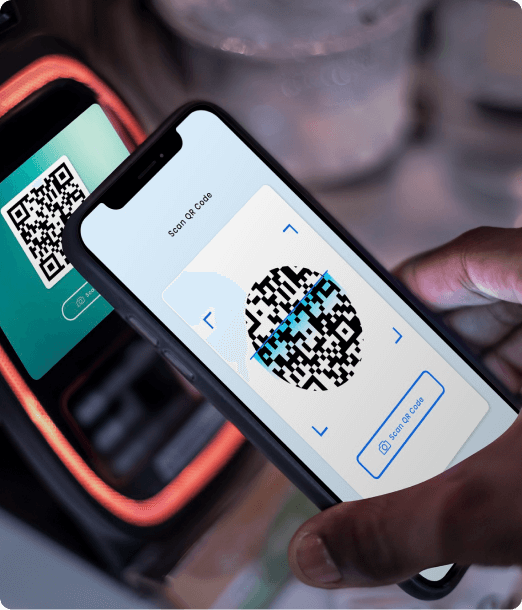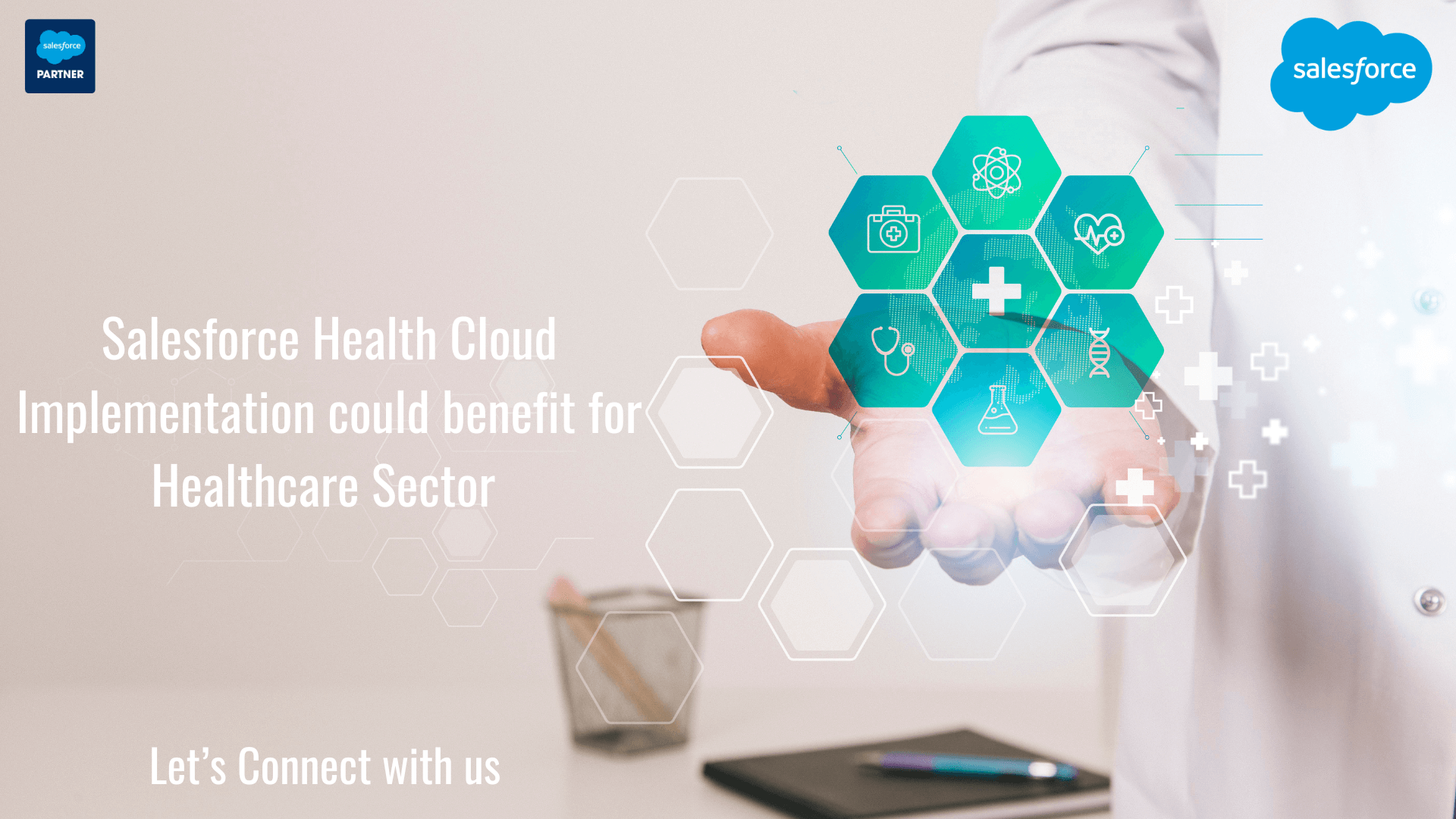
What Is Application Modernization, and Why Is It So Important?
Application modernization involves updating legacy applications by enhancing their internal architecture, platform infrastructure, and functionalities.


Crafting engaging and intuitive interfaces tailored to user needs.
Building minimum viable products to validate your concepts swiftly.
Ensuring seamless connectivity with third-party services for enhanced functionality.
Guaranteeing flawless performance through comprehensive testing protocols.









Codiot Technologies exceeded our expectations with their exceptional service and technical expertise. Their team was professional, responsive, and dedicated to delivering top-notch solutions for our business needs. We are extremely satisfied with the results and highly recommend them.

Working with Codiot Technologies has been a game-changer for our company. Their innovative approach and attention to detail have significantly improved our operations. Their commitment to client satisfaction is unparalleled, and we look forward to continuing our partnership with them.

Codiot Technologies has consistently provided top-notch solutions and outstanding support for our projects. Their team’s dedication to excellence and ability to deliver on time has been instrumental in our success. We highly recommend their services.

The team at Codiot Technologies is reliable, skilled, and highly professional. They took the time to understand our unique requirements and delivered solutions that perfectly aligned with our business goals. We are extremely satisfied with their work and highly recommend them.


Application modernization involves updating legacy applications by enhancing their internal architecture, platform infrastructure, and functionalities.

Navigating the evolving terrain of the pharmaceutical and life sciences sectors requires a deep dive

Application modernization involves updating legacy applications by enhancing their internal architecture, platform infrastructure, and functionalities.
SaaS app development involves creating software applications that are hosted centrally and accessed by users over the internet. Consider SaaS for its benefits such as scalability, lower upfront costs (subscription-based pricing), automatic updates, and accessibility from any device with an internet connection.
Key steps in SaaS app development include conceptualization and planning, defining user personas and features, designing a scalable architecture, developing the application using modern web technologies or frameworks, implementing robust security measures, testing for functionality and performance, deploying the app to a cloud platform, and ongoing maintenance and updates.
To ensure security and reliability, employ best practices such as data encryption, secure authentication and authorization mechanisms, regular security audits, compliance with industry standards (e.g., GDPR, HIPAA), disaster recovery planning, monitoring for performance and uptime, and implementing measures for data backup and restoration.
Common challenges include managing multi-tenancy (supporting multiple users securely), ensuring scalability to handle increasing user loads, integrating with third-party APIs and services, maintaining consistent user experience across devices, addressing data privacy concerns, and adapting to evolving technologies and market demands.